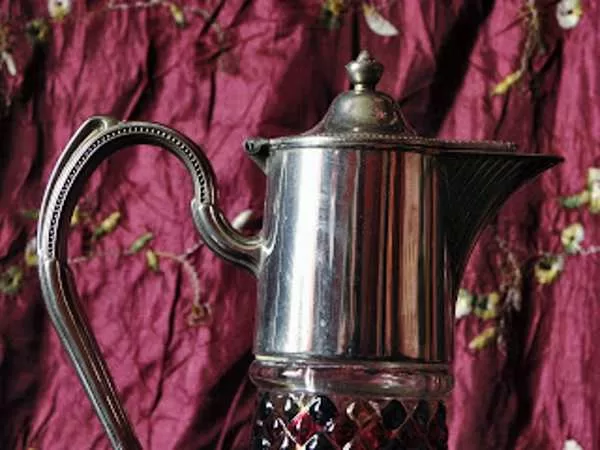Imagine a world where “claret” wasn’t just a type of wine, but a cultural phenomenon. Join us as we delve into the fascinating history of claret, a love affair between England and Bordeaux that transformed wine drinking forever.
Samuel Pepys and the Mystery of “Ho Bryan”
In his iconic diary entry of April 10th, 1663, Samuel Pepys, a renowned diarist, describes a unique French wine called “Ho Bryan.” Little did he know he was savoring a premier cru Bordeaux – Château Haut-Brion – the only First Growth hailing from the Graves region instead of Médoc. This single entry immortalizes the long-standing relationship between England and Bordeaux clarets.
From Light Reds to Dark Delights: The Evolution of Claret
The story of claret starts with “clairets,” light-bodied red wines originating from Pessac-Léognan in Graves. These “pale” wines, resembling our modern rosés, were imported into England for centuries. However, their rough and immediate nature left room for improvement.
The English Embrace Claret: A Love Affair Begins
Despite their imperfections, the English developed a taste for these “clairets,” anglicizing the term to “claret.” Over time, the name came to encompass all dry, red Bordeaux wines. As the quality of claret improved, so did its journey.
The Art of Aging: Barrels, Corks, and Decanting
The pursuit of better claret led to the use of casks for aging. This allowed the wine to mature, develop complex flavors, and soften its tannins. Coincidentally, advancements in cork production paved the way for longer storage in bottles.
However, aging came with a new challenge – sediment. To ensure a smooth drinking experience, winemakers developed the technique of “racking” – transferring the clear wine off the settled sediment (lees) before serving.
Decanting: A Ritual of Refinement
Serving wine straight from the barrel was considered uncouth. Similar to the practice of using a milk jug, claret was decanted into elegant vessels. This not only improved presentation but also allowed the wine to “breathe,” releasing its aromas and enhancing its flavor profile. Interestingly, the practice of decanting has migrated to spirits, particularly whisky, even though it’s less necessary for red wine today.
The Evolution of Decanters: Glass and Silver
Early claret decanting utilized solid silver jugs, a symbol of both luxury and practicality. Over time, the iconic glass decanter with a hinged silver lid emerged as the preferred choice, particularly during the Victorian and Edwardian eras.
Ships Decanters: A Practical Twist
A fascinating variation of the decanter is the “ships decanter.” This ingenious design featured a low-slung body for weight stability, crucial for preventing spills onboard rolling ships.
A Legacy in Every Sip: The Enduring Allure of Claret
While the French term “claret” is used primarily for export to England today, the legacy lives on. Decanting, though less common for modern red wines, remains a ritual associated with enjoying fine vintages.
So, the next time you raise a glass of Bordeaux, remember the journey it took – from light and rough “clairets” to the sophisticated wines we enjoy today. And if you happen to own a vintage decanter, consider using it – not just for presentation, but to experience a bygone era of claret appreciation in every sip.

